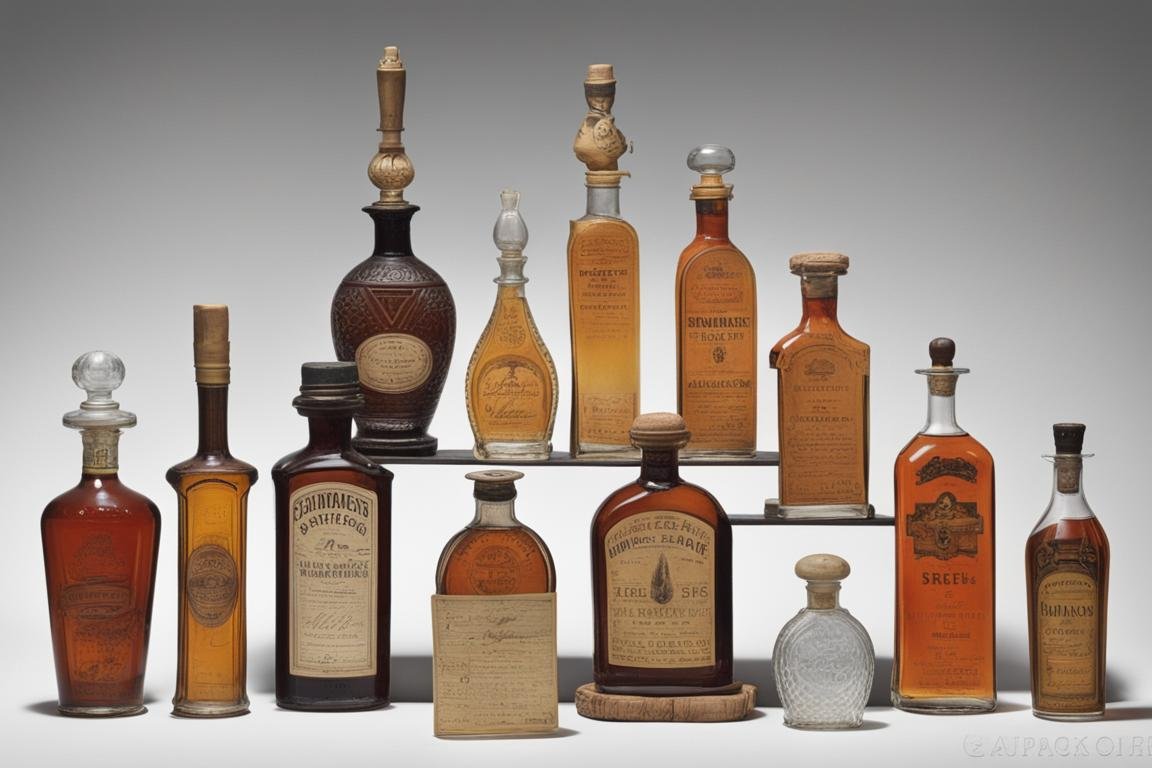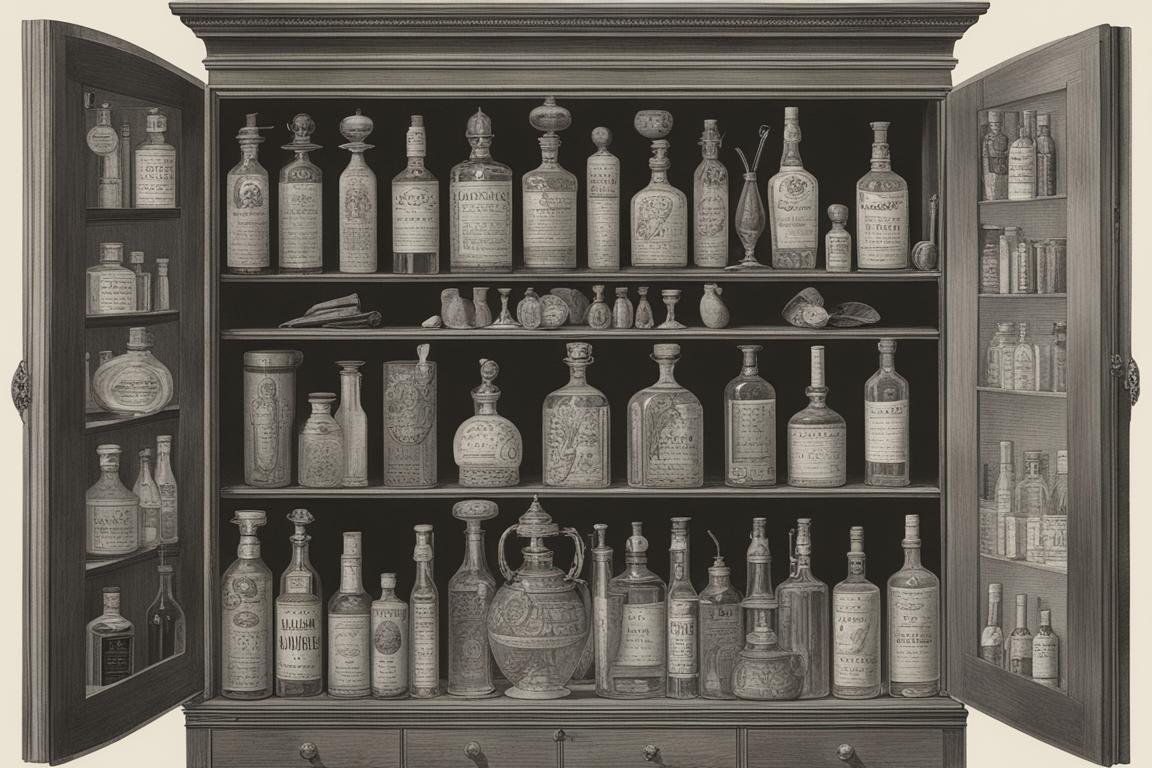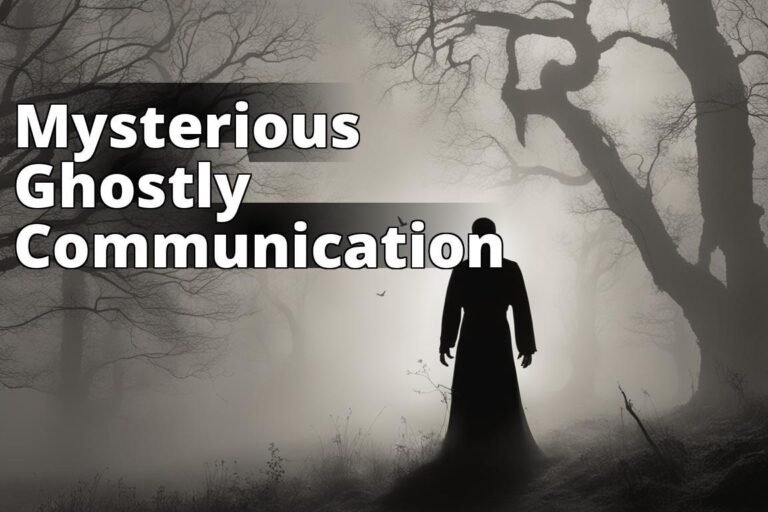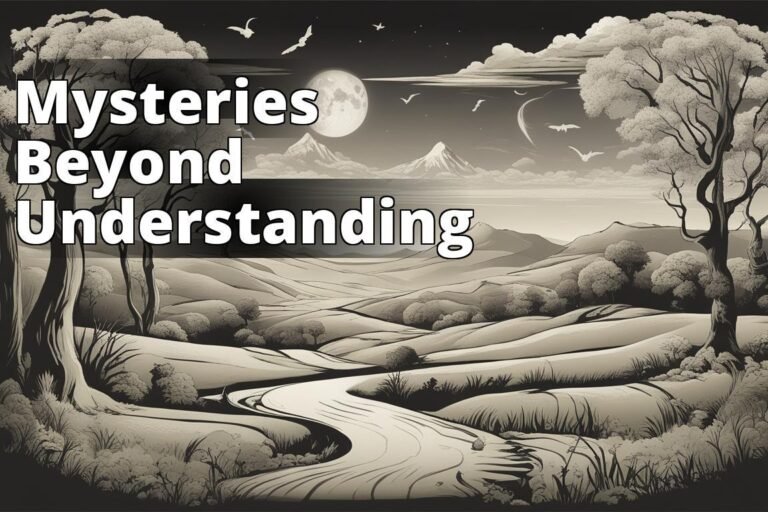How to Understand Spirits
Have you ever stood in front of shelves filled with bottles of spirits at a store, feeling utterly confused about what to choose? Or perhaps you’ve been at a party where everyone seemed to know their way around different types of spirits, and you wished you could join in with confidence. Well, you’re in the right place! Join us as we dive into the fascinating world of spirits. Whether you’re a total beginner or looking to brush up on your knowledge, this comprehensive guide will walk you through what spirits are, how they’re made, and how to enjoy them like a pro.
Learn about understanding spirits
- Spirits are alcoholic beverages distilled from grains, fruits, or vegetables.
- Different types of spirits include whiskey, bourbon, scotch, tequila, mezcal, cognac, brandy, rum, rhum, vodka, and gin.
- Spirits are made through processes like fermentation, distillation, and aging.
What Are Spirits?

At its core, spirits are alcoholic beverages made by distilling fermented grain, fruit, or vegetables. This process concentrates the alcohol, resulting in a stronger drink compared to beer or wine. Spirits come in many forms, from the smooth and subtle to the rich and complex. Understanding spirits starts with appreciating the craft behind them and the stories they tell about their origins.
What Are the Different Types of Spirits?
Spirits can be broadly categorized into several types, including whiskey, vodka, rum, gin, tequila, and brandy. Each type has its unique characteristics, flavors, and production methods. For instance, whiskey is often associated with warmth and depth, while vodka is prized for its clarity and purity.
- Whiskey: Made from fermented grain mash.
- Vodka: Distilled from fermented grains or potatoes.
- Rum: Produced from sugarcane juice or molasses.
- Gin: Flavored with juniper berries and other botanicals.
- Tequila: Made from the blue agave plant in Mexico.
- Brandy: Distilled from wine or fermented fruit juice.
What Are the Main Ingredients in Spirits?
The main ingredients in spirits vary depending on the type. For whiskey, it’s all about the grainscorn, rye, wheat, or barley. Vodka can be made from grains or potatoes, while rum requires sugarcane. The unique flavors of gin come from juniper berries and a blend of botanicals. Tequila must be made from the blue agave plant, and brandy is typically produced from grapes or other fruits.
How Are Spirits Made?

The production of spirits involves several steps: fermentation, distillation, and aging. Fermentation is where sugars are converted into alcohol using yeast. Distillation then purifies and concentrates the alcohol. Many spirits are aged in wooden barrels, which adds depth, color, and flavor. The craftsmanship in this process is what sets apart premium spirits from the rest.
What Is the Difference Between Whiskey and Bourbon?
Whiskey is a broad category that includes many types of spirits, while bourbon is a specific type of American whiskey. For a whiskey to be called bourbon, it must be made in the United States, contain at least 51% corn, and be aged in new charred oak barrels. Bourbon tends to have a sweeter, fuller flavor compared to other whiskeys.
What Is the Difference Between Scotch and Whiskey?
All Scotch is whiskey, but not all whiskey is Scotch. Scotch refers to whiskey made in Scotland from malted barley and aged in oak barrels for at least three years. It’s known for its distinctive smoky flavor, which comes from drying the malted barley over peat fires.
What Is the Difference Between Tequila and Mezcal?
Both tequila and mezcal are made from agave, but tequila can only be made from blue agave and must be produced in specific regions of Mexico. Mezcal, on the other hand, can be made from over 30 types of agave and has a smokier flavor, as the agave is often roasted in underground pits.
What Is the Difference Between Cognac and Brandy?
Cognac is a type of brandy produced in the Cognac region of France. It must be made from specific grape varieties and distilled twice in copper pot stills. Cognac is known for its complex flavor profile, featuring notes of fruit, spice, and oak.
What Is the Difference Between Rum and Rhum?
Rum is a spirit made from sugarcane or molasses, available in various styles from around the world. Rhum, specifically “Rhum Agricole,” is a French style of rum made directly from sugarcane juice rather than molasses, primarily in the French Caribbean islands. It’s known for its grassy, herbal flavor profile.
What Is the Difference Between Vodka and Gin?
Vodka and gin are both clear spirits, but the key difference lies in their flavoring. Vodka is meant to be neutral, with no distinct taste or aroma, while gin is flavored with juniper berries and other botanicals, giving it its characteristic herbal and floral notes.
How Do You Taste Spirits?
Tasting spirits is an art that involves sight, smell, and taste. Start by examining the color and clarity. Swirl the spirit in the glass and take a gentle sniff to identify the primary aromas. When you taste, take a small sip and let it coat your mouth, paying attention to the flavors, mouthfeel, and finish. Remember, tasting is subjective, so it’s all about what you enjoy.
How Do You Drink Spirits?
Spirits can be enjoyed in many ways: neat, on the rocks, or in cocktails. Drinking a spirit neat means without any additives, allowing you to fully appreciate its flavors and nuances. On the rocks refers to adding ice, which can help open up the flavors but also dilutes the spirit. Cocktails are a fantastic way to explore spirits in a more approachable manner, combining them with other ingredients to create something new and exciting.
How Do You Store Spirits?

Proper storage is crucial for maintaining the quality of your spirits. Keep them in a cool, dark place away from direct sunlight and temperature fluctuations. Spirits are best stored upright to prevent the alcohol from deteriorating the cork. Unlike wine, spirits don’t age in the bottle, so once opened, they should be enjoyed within a few years for the best taste.
Insider Tip: “Always keep your premium spirits in a place where temperature and light are consistent. It preserves their quality and ensures a great tasting experience every time.” – Expert Sommelier
Conclusion
Understanding spirits is a journey of discovery, filled with history, craftsmanship, and a wide array of flavors to explore. Whether you’re sipping a smoky Scotch, a smooth bourbon, or a refreshing gin and tonic, taking the time to appreciate the nuances of spirits can turn every drink into an experience. So next time you find yourself in front of that daunting shelf of bottles, remember the insights from this crash course. Embrace your curiosity, experiment with confidence, and most importantly, enjoy the adventure that spirits have to offer.
For those looking to dive deeper into the world of spirits, consider visiting a distillery or taking a tasting class. There’s always something new to learn and taste in the ever-evolving world of spirits. Cheers to your journey into understanding and appreciating the complex, captivating world of spirits!
Q & A
Q. Who can help me understand spirits better?
A. Seek guidance from spiritual leaders or mediums.
Q. What is the best way to connect with spirits?
A. Meditate, practice mindfulness, and trust your intuition.
Q. How can I differentiate between spirits and my imagination?
A. Pay attention to recurring signs or messages from spirits.
Q. What if I am afraid of connecting with spirits?
A. Start by setting boundaries and protecting your energy.
Q. How can I ensure I am receiving authentic messages from spirits?
A. Validate the information received through multiple sources.
Q. What if I don’t believe in spirits?
A. Approach the topic with an open mind and explore different perspectives.







